“In the end we will conserve only what we love; we will love only what we understand; and we will understand only that which we are taught.” -Baba Dioum
Last year, I started learning how to whitewater kayak. There is such a rush of adrenaline being out on the water. Paddling crystallizes my attention into keen focus. On the river, I am immersed in the present moment, in a way I find only adventure sports will do. And there are few places more awe inspiring to be than in the middle of a clear, powerful river.
What, though, goes into keeping these remarkable spaces wild? How can we protect, preserve and advocate for the wilderness that we love?
Our adventurer today shares her insightful wisdom about our part in river and salmon conservation. We connected through social media when she shared that she was embarking on a project to raise awareness about the connections between salmon conservation, kayaking and the wild rivers so many of us adore. Her project, Salmon Summer, will take place this summer 2025. Today, we learn about what she is doing and why, and the role kayaking has played in her adventure.
I believe that advocating for our wild spaces is truly an act of courage. I’m so honored to share Hattie’s story today.
Welcome, Hattie! Tell us about yourself. What inspired you to combine your passion for kayaking with advocating to protect salmon habitats?
My name is Hattie. I grew up in Southern California but have spent the last several years bouncing around. I’ve lived in the Columbia River Gorge for a while, then moved between California, West Virginia, and North Carolina. Now, I’m back in the PNW for the foreseeable future, and honestly, it feels like where I’m meant to be.
I’m 28 now, but I started working as a river guide when I was 19. At the time, it was just a fun summer job after spending a winter working at a ski resort. But that first season completely changed everything for me. I fell in love with whitewater, and over time, that turned into something bigger: this deep connection to rivers and a growing awareness of how threatened they are.
Spending so much time on the water, I started to notice the bigger picture. At first, I was just focused on rafting and having fun adventures. But the more I paddled, the more I learned about dam removals, habitat loss, climate change, and how all of it ties back to salmon. I heard stories from people who had been running these rivers for decades about how much things have changed, how some places that used to be full of salmon are now struggling to support them.
It wasn’t one big moment that shifted my perspective, but more of a slow realization: if I love these rivers this much, I can’t just sit back while they’re being degraded.
That’s why I started this project. Rivers and the salmon that depend on them are in trouble. And if we want to keep these places wild and free, we have to do something about it. I want future paddlers to have the same incredible experiences I’ve been lucky enough to have, and that starts with protecting the rivers that make those experiences possible.
Tell us more about the logistics and mission of Salmon Summer.
Salmon Summer is all about combining my love for kayaking with my passion for river conservation. This summer, my partner and I are setting out to paddle some of the most important rivers in the Pacific Northwest for salmon recovery, and along the way, we’re making a video series to highlight the conservation challenges these rivers face.
The idea is pretty simple: use kayaking to capture attention and then bring people into the bigger story. Each video will focus on a different river, showing off the whitewater, but also digging into the real issues, whether it’s dam removal, fish passage, hatcheries, or climate change. We’ll be talking to biologists, conservationists, tribal leaders, and local paddlers to help tell the full story. Most people don’t realize how connected salmon are to the health of these places we love to paddle, so we want to bridge that gap.
We’re also hoping to get the community involved, maybe hosting some river cleanups, encouraging people to take action through petitions or donations, and possibly teaming up with outfitters for paddling events that help spread the message.
Some of the main rivers we’re focusing on are the Upper Klamath, Columbia, White Salmon, and Deschutes, but we’re open to adding more along the way. Each of these rivers has its own story, whether it’s the fight for dam removal, the struggle to restore fish populations, or the impact of a warming climate.
At the end of the day, the goal of Salmon Summer is to get more paddlers to care about salmon conservation. Because if you love rivers, you should care about keeping them healthy, not just for kayaking, but for the entire ecosystem that depends on them.
Both whitewater kayaking and advocating for salmon come with their own set of physical and technical challenges. How do you approach discomfort or fear when faced with obstacles in both your adventures and conservation work?
Whitewater kayaking and conservation both push me out of my comfort zone in different ways, but I think they require a similar mindset: being willing to step into uncertainty and keep moving forward, even when it’s intimidating.
As long as I can remember, bravery has been something I’ve really valued. As a kid, I thought being brave meant being fearless: never hesitating, never feeling scared. But as I got older, I realized that’s not what bravery is at all. It’s not about never feeling fear, it’s about how you respond to it. It’s about recognizing the fear, understanding it, and then choosing to do the hard or scary thing anyway.
On the river, fear is just part of the experience. Whether it’s a big rapid, a sketchy line, or the unpredictability of water levels, there’s always something that forces me to pause and assess.
But I’ve learned that fear isn’t a stop sign; it’s just information.
Fear is telling you to slow down, make a plan, and trust your skills. And honestly, some of the most rewarding moments I’ve had on the river have come from pushing through that fear and coming out the other side stronger. Conservation feels a lot like that. The problems facing rivers and salmon can be overwhelming: climate change, dams, habitat destruction. It’s a lot. And sometimes, it feels like no matter how much you care or how hard you fight, the obstacles are too big. But just like with kayaking, you can’t let the fear of failure stop you from taking action. You break it down, focus on what’s in front of you, and take it one step at a time.
For me, the key is remembering why I’m doing this in the first place. On the river, I push through fear because I love the feeling of running a clean line, the rush of whitewater, and the deep connection to wild places. In conservation, I push through challenges because I want to protect these places for future generations. Both require resilience, adaptability, and a willingness to embrace the unknown. And honestly, that’s what makes them so meaningful.
Building a community around both adventure and conservation is no small task. How have you seen the community respond to your work so far, and what role does that community play in your mission?
One of the coolest things about this project has been seeing how many people want to be part of something bigger. Whether it’s kayakers, anglers, conservationists, or just people who love rivers, there’s this shared understanding that these places are worth protecting.
So far, the response has been really encouraging. I’ve had paddlers reach out saying they never really thought about the connection between whitewater and salmon conservation before, but now they’re paying attention. Others have shared stories about the changes they’ve seen on their home rivers, places that used to have thriving salmon runs but don’t anymore. Those conversations are exactly why I’m doing this. It’s about making people realize that these issues aren’t just something happening “somewhere else.” They’re happening on our rivers, the places we paddle, the places we love.
Community is everything in both adventure and conservation. Kayaking, at its core, is a community-driven sport. You rely on your friends to scout lines, set safety, and cheer you on when you’re pushing your limits. Conservation is the same way. You can’t do it alone. It takes people coming together, sharing knowledge, showing up for each other, and fighting for the places they care about.
That’s what I hope Salmon Summer helps build: a stronger community of paddlers who don’t just love rivers for the whitewater, but who also feel connected enough to fight for them. The more we bring people into the conversation, the more powerful that movement becomes.
Can you share a surprising lesson or unexpected insight from your journey so far?
One of the biggest surprises for me has been realizing just how much people want to care, they just need the right connection to make it personal.
When I started this project, I worried that conservation might feel too distant or technical for a lot of paddlers. But the more conversations I’ve had, the more I’ve realized that when you frame it in a way that resonates, when you connect it to the rivers they run, the fish they see (or don’t see), or the changes they’ve noticed over time, people do care. They just might not have had that “aha” moment yet.
Another big lesson has been understanding that change takes time, and that’s okay. In kayaking, you don’t just jump into class V overnight; you build the skills, take the beatdowns, learn from them, and come back stronger. Conservation is the same way. There’s no instant fix for the challenges salmon and rivers face, but that doesn’t mean the work isn’t worth it. Every conversation, every person who starts paying attention, every small action adds up.
I’ve learned to be patient, to celebrate the small wins, and to trust that even if I can’t see the impact immediately, planting those seeds matters.
Can you share a favorite memory of your time on the river?
One of my favorite river memories has to be a private trip down the Grand Canyon. It was a mix of close friends and friends of friends. Some people I knew well, others I barely knew at all. But from the moment we pushed off from Lee’s Ferry, none of that really mattered. For three weeks, we were completely immersed in the rhythm of the river; no cell service, no outside distractions, just the sound of moving water, the towering canyon walls, and the simplicity of life on the river.
There’s something about a Grand Canyon trip that strips everything down to what really matters. You wake up with the sun, you paddle, you scout, you run rapids that make your heart race, and then you pull into camp and spend the evening laughing, sharing stories, and staring up at a sky so full of stars it doesn’t seem real. By the end of the trip, the people who started as strangers felt like family.
It’s hard to explain just how powerful that kind of experience is. It’s a reminder of how freeing it is to live in the moment, how rivers have a way of bringing people together, and how time spent out there changes you. I came off the river with incredible memories, a deeper appreciation for wild places, and friendships that I know will last a lifetime.
Conservation efforts often require long-term commitment, facing setbacks and frustrations along the way. What has given you the courage to keep pushing forward, especially when it’s hard to see immediate change?
I think a big part of it comes from the rivers themselves. Spending so much time on the water has taught me that things worth fighting for don’t always come easily. In kayaking, you don’t always get the perfect line on your first try. Sometimes, you take a hit, roll up, and have to try again. Conservation feels the same way; there are setbacks, there are moments where it feels like nothing is changing, but that doesn’t mean you stop. It just means you adapt and keep going.
Honestly, though? Part of what keeps me pushing forward might just be pure naivety and overconfidence. I know that salmon conservation is an enormous, complex issue, and I’m fully aware that I’m just one person with a kayak and a camera. But I’ve never been the type to sit on the sidelines just because something seems impossible. Maybe it’s unrealistic to think I can make a difference, but I’d rather try - and fail spectacularly - than not try at all.
At the end of the day, I love rivers too much to give up on them. I don’t need to know exactly how everything is going to play out to know that this is worth fighting for. Even when progress feels slow, even when it feels like an uphill battle, I just remind myself, if I can keep throwing myself into class V rapids, I can keep throwing myself into this.
What’s the first step someone can take to start advocating for salmon protection and for the rivers they frequent, whether they’re a kayaker, environmental advocate, or just someone who loves nature?
The first step is paying attention, really noticing the rivers you love and asking questions. Where do they start? What threatens them? What fish and wildlife depend on them? Once you start looking, you’ll see that every river tells a story, and understanding that story is the foundation of advocacy.
From there, it’s about speaking up and taking action in whatever way makes sense for you. If you’re a kayaker, start conversations about conservation at the takeout. If you’re someone who loves nature, learn about the biggest threats to your local rivers and look for ways to help (volunteering for a river cleanup, donating to organizations doing the work, or even just spreading awareness).
But mostly, don’t overthink it. You don’t need to be an expert, and you don’t need permission to care. The people making the biggest impact are usually the ones who just decided to start. Whether it’s writing to your representatives about removing deadbeat dams, showing up to public meetings, or simply making sure your friends understand why salmon matter, every action counts.
So, start small, start messy, but just start. The rivers need all of us.
What advice do you have for another woman wanting to take a stand for a cause she believes in? Do you have any resources you have found helpful in getting your project going?
It can be scary as hell to put yourself out there, especially in the male-dominated outdoor and conservation worlds. Speaking up, taking a stand, or even just showing up in certain spaces can feel intimidating, like you have to prove you belong. I’ve felt that. But what’s made all the difference for me is finding my people.
You don’t have to do it alone. Find the people who have your back, who build you up, who make you feel like you belong. That might be other women in the outdoor world, conservation mentors, or just a few good friends who remind you why you’re doing this when the doubt creeps in. Whatever it looks like, having a community that supports you makes everything easier, even the scary parts.
Because the truth is, no one accomplishes anything big alone. The people who push for change, whether in conservation, outdoor spaces, or any other movement, do it together. So, if you’re stepping into something that feels overwhelming, find your crew, lean on them, and don’t be afraid to take up space.
You deserve to be here.
Helpful Resources:
• Women’s Outdoor & Conservation Groups – Organizations like SheJumps, Women for Wild Lands, and Outdoor Women’s Alliance are great for finding community and support.
• Mentorship & Allies – Connecting with other women (or allies) who have been in your shoes can make a huge difference. Don’t be afraid to reach out and ask for advice!
• Building Confidence in Outdoor Spaces – Whether it’s kayaking, climbing, or conservation work, confidence comes from experience, but it also comes from having people who remind you that you’re capable. Surround yourself with those people.
At the end of the day, stepping into a leadership role, whether in conservation, outdoor adventure, or any other passion, is always going to feel a little scary. But with the right people by your side, you won’t just find the courage to do it, you’ll thrive.
In one word, what do you hope your legacy will be?
Impact.
I hope that through my work, whether it’s storytelling, conservation, or just getting more people to care about rivers and salmon, I leave a lasting impact on the places I love and the people who experience them.
Is there anything else you’d like to share?
Just that if you love rivers, if you love wild places, if you feel drawn to something bigger than yourself, go all in. You don’t have to be an expert, you don’t have to have all the answers, you just have to start.
Where can our readers find you? Use this space to promote your work. We want to support you!
If this project resonates with you, I’d love for you to follow along on our instagram @salmonproj, join the conversation, and maybe even find your own way to take action. Because at the end of the day, this isn’t just about me or my journey, it’s about all of us who care enough to fight for these places.
As Hattie completes her project, we will share an update about what she learned, the adventures she had, and, of course, the links to the completed project. Stay tuned!
My parting question for you today is: in what ways are the wild spaces you love interdependent and connected with wildlife, the community, and local or national policies?





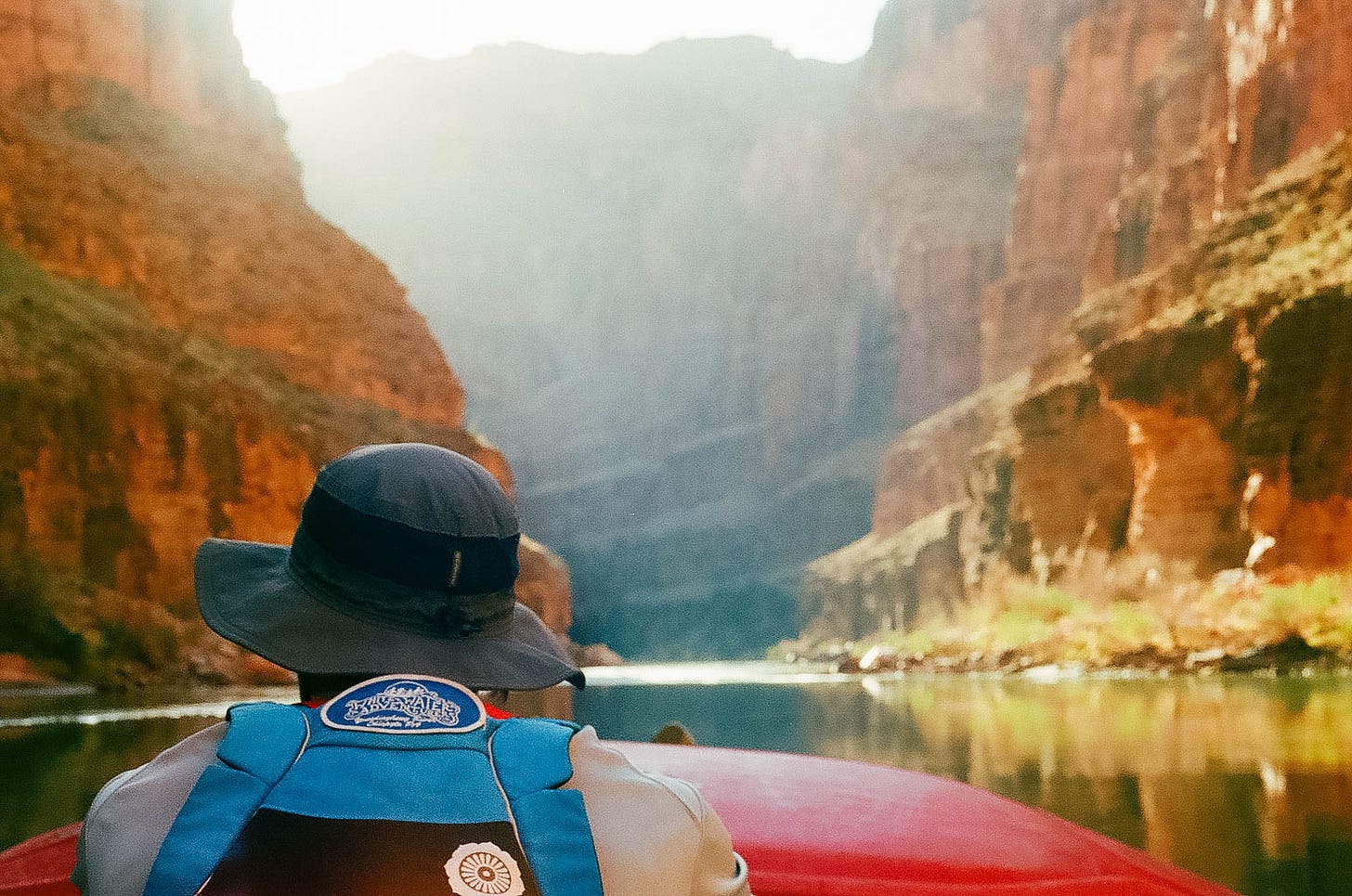
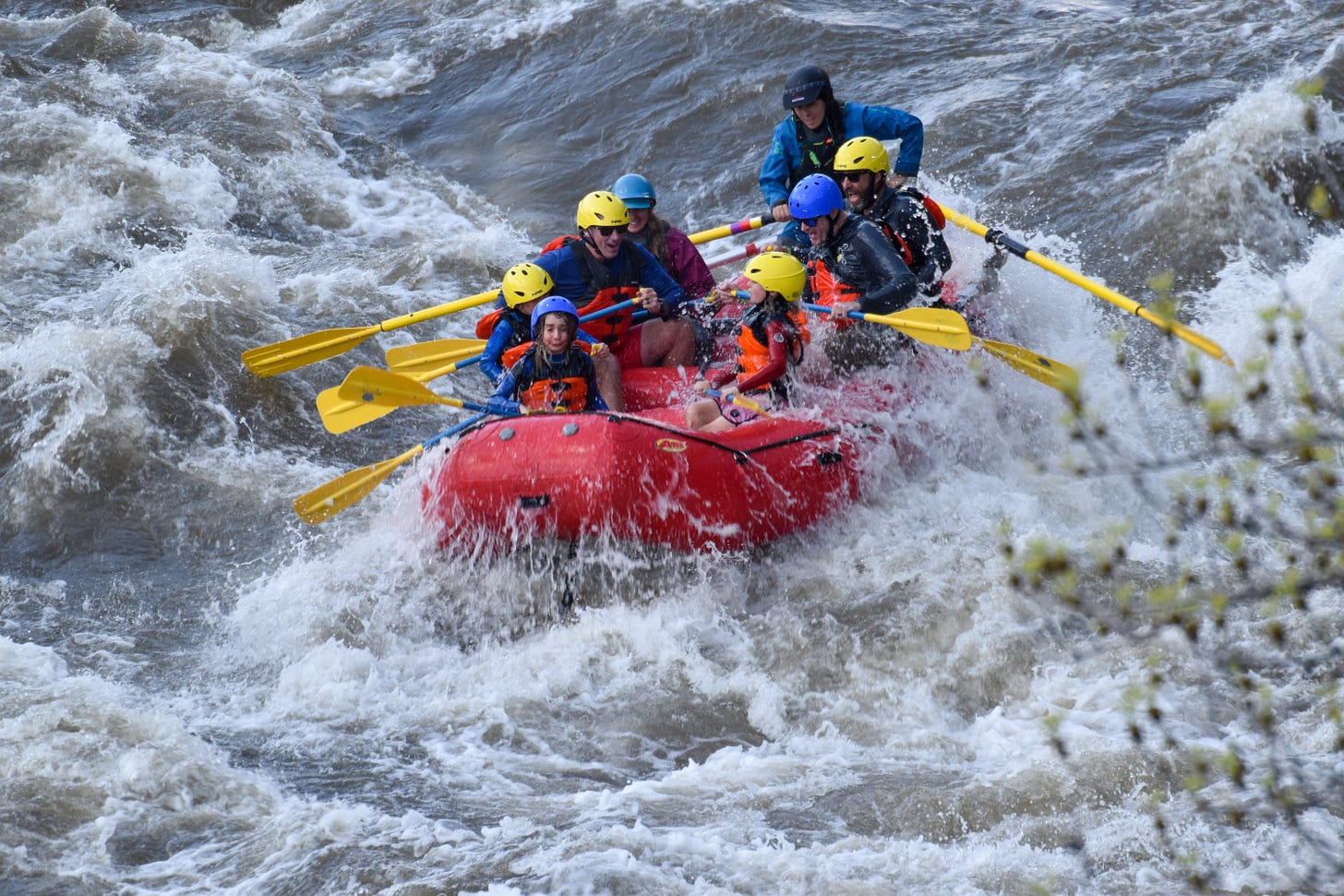
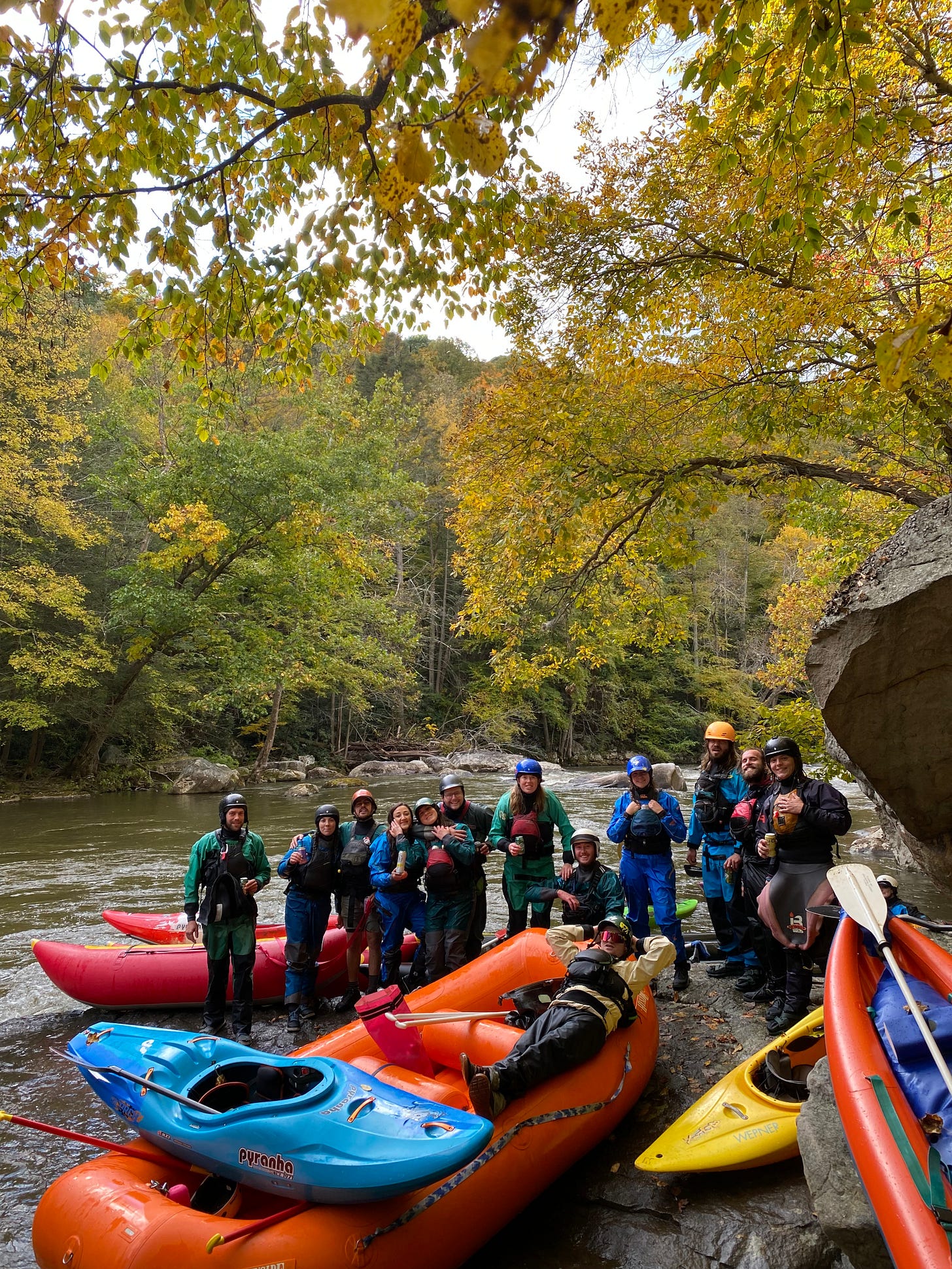
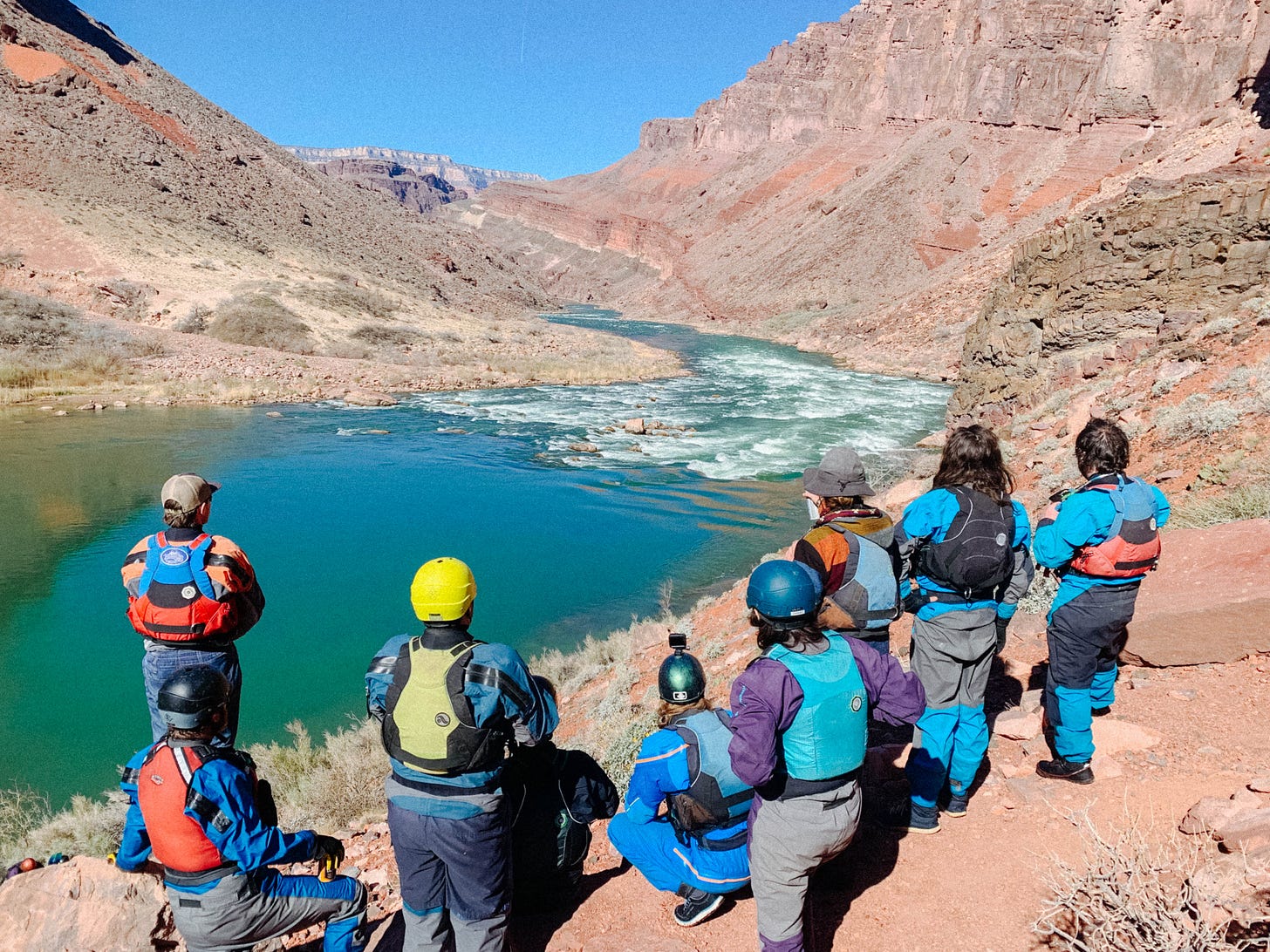
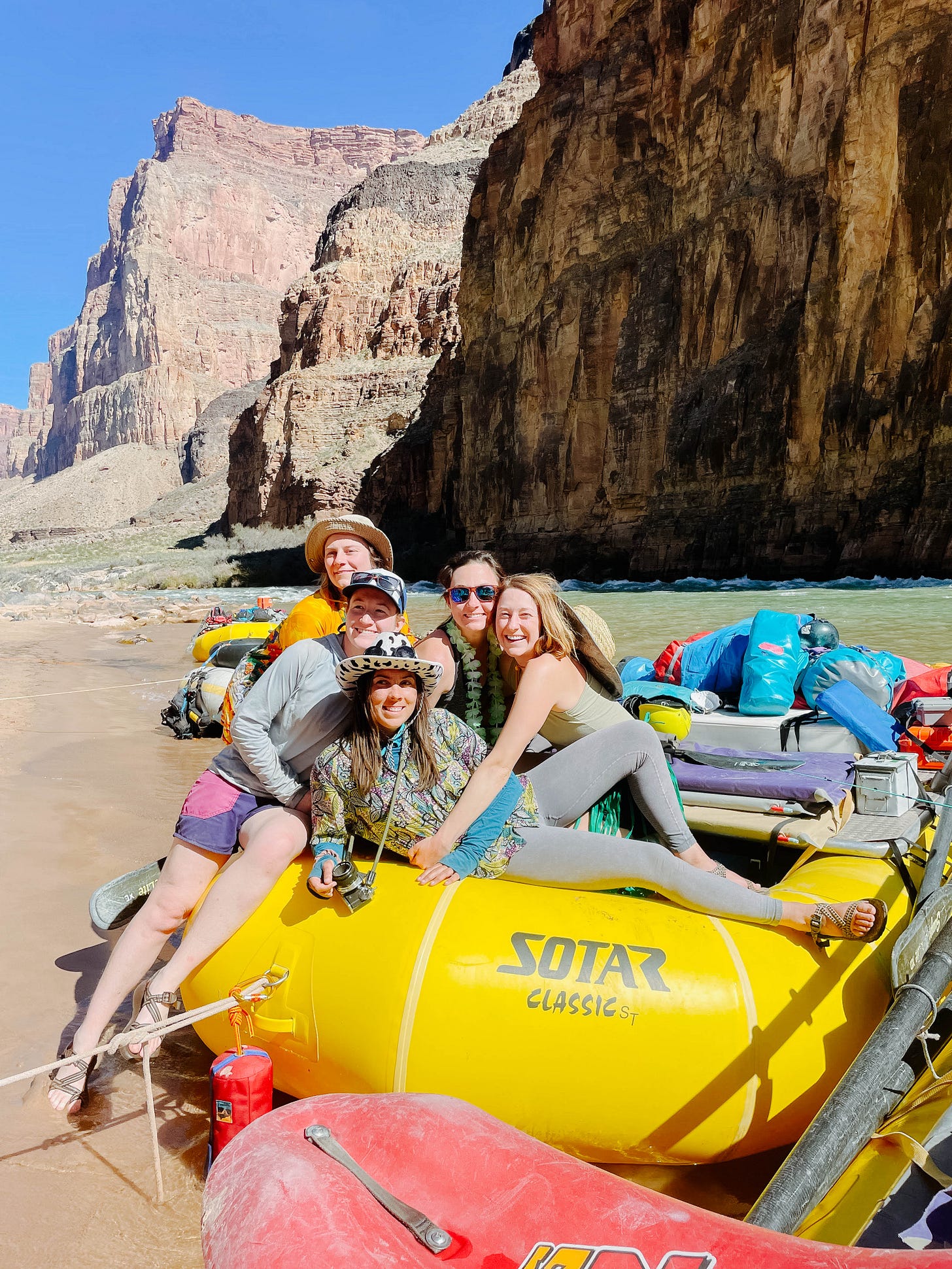
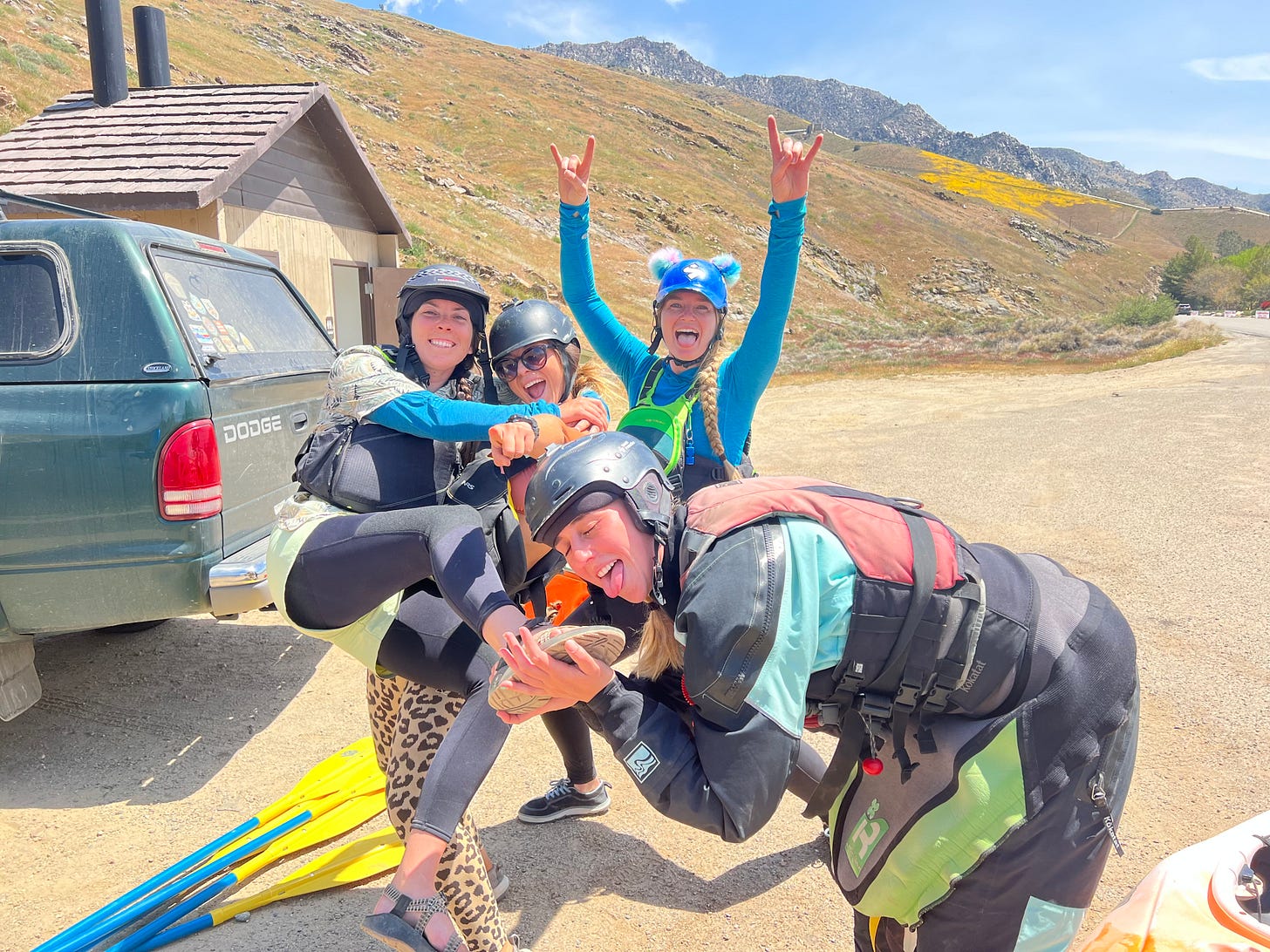
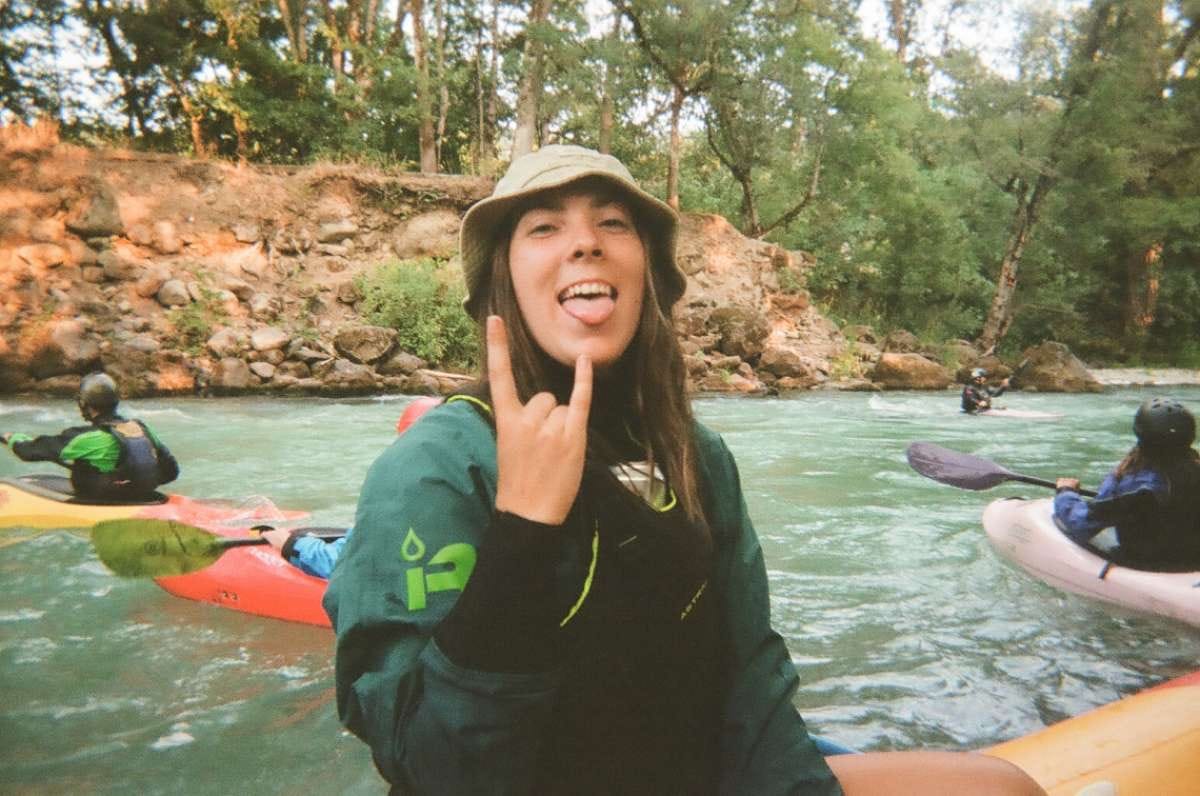
Hattie, you and I sound like kindred spirits! I really enjoyed reading this piece especially your line, "One of the biggest surprises for me has been realizing just how much people want to care, they just need the right connection to make it personal." It reminded me of the words of David Sobel, and although he was writing about kids, I truly believe it applies to everyone, “Give children a chance to love the earth before we ask them to save it.” Wishing you all the best on your Salmon Summer ♡